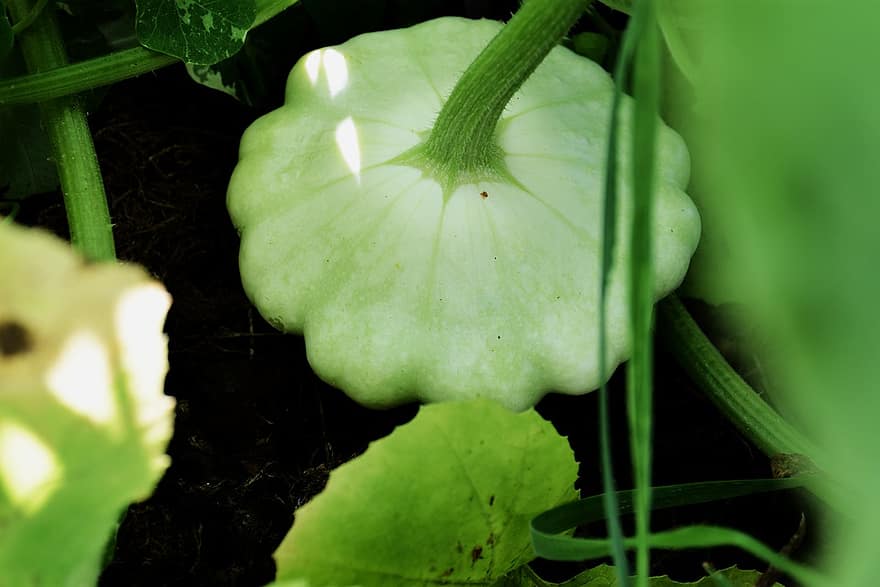If you want to learn how to grow squash in a small greenhouse, you’ve come to the right place. Although those who are new to greenhouse gardening may think that starting can be intimidating, growing high-quality squash inside a small enclosed space isn’t impossible. Think of the fresh organic produce that you can expect year-round.
To get you started, know that there are two main classifications of squash varieties – summer and winter. However, it’s important to note that these classifications don’t necessarily refer to this fruit’s (yes, squash is a type of fruit) seasonal type, but they refer to its perishability.

For instance, you can keep the seeds of the hard-skinned winter squash like the hearty butternut for several months before you decide to consume them. On the other hand, the thinner-peeled but sweeter summer squashes like the courgettes can only be kept for around two weeks before consuming.
Tips for Sowing Squash Seeds
Since a mini greenhouse allows you to grow your favorite plants regardless of the season or the weather outside, growing squash seeds in them are extremely easy. Take a look at these steps to give you a head start:
Tip #1. Sow one seed per pot.
You need to start your squash seeds off in pots. However, make sure that you sow one seed per pot that’s about 3 to 4 inches in terms of length. Keep in mind that it only takes about an inch deep to sow a squash seed before you cover it completely with soil and water it.
Tip #2: Choose the right kind of soil.
Although all types of squashes grow best in warm soil, you have to make sure that the type of soil that you use is of good quality. It would be ideal if this was mixed with manure or compost. Furthermore, your squash will grow best if the soil has a pH level of about 5.5 to 6.8.
Tip #3: Create an ideal growing environment for your seeds.
One of the best things about growing squash in a small greenhouse is the fact that you can maximize your plant’s growth potential. With mini greenhouse gardening, you can control the temperature levels inside the enclosed space. Make sure that your mini greenhouse is well-heated and is placed in areas where your plants can get a lot of sunshine.
If you’re planting summer squashes, know that they flourish in temperatures that are between 15˚C to 23˚C. Any increase in temperature will cause the flowers to drop off, but the fruit will still ripen. Remember to check if your seeds are already outgrowing their pots.
Another way to ensure that your squash seedlings will have enough space to grow is to plant them in raised beds. When it comes to watering, make sure that you do it regularly. However, you need to avoid watering directly over the plants because this will lead to rotting due to the build-up of water around its neck.
Tip #4: Check if the seeds are ready to be moved in larger pots or grow bags
The seeds you planted can’t stay in small spots forever. Eventually, you’ll need to move them to larger pots. Space for growth is one of the most critical factors that you need to consider when you’re moving your squash seeds.
Make sure that you transport your seeds at the right time. Keep in mind that if your squash seeds are properly cared for, they tend to grow fast. Although the timing would largely depend on the type of squash seeds that you planted, as well as the seeds’ growing environment, you’ll know that they are ready to be moved when you begin to see their roots showing through the bottom of the smaller pots.
Be sure to move them to pots that are about 5 inches in length or more so that your plants can have enough space to grow their roots in. Eventually, you’ll need to move them into grow bags. In case you’re not aware, the central root of a squash plant normally produces about 4 to 6 stems with large and broad leaves that can easily invade any space.
What are the Benefits of Mini Greenhouse Gardening?
If you’re still on the fence about mini greenhouse gardening, know that it offers loads of benefits, including garden security and more savings on grocery shopping. To give you a closer look at each of these benefits, check this out:
Your plants will be well-protected
With a greenhouse to keep your plants protected, you won’t have to worry about blizzards, strong winds, hail, and excessive rains. Unlike traditional outdoor gardeners, there would be no need for you to come up with emergency preparations to shield your plants from harsh weather conditions. Moreover, since you have more control over what comes in and goes out of your greenhouse, you can keep destructive bugs and animals out.
You’ll save more on grocery shopping
Since your small greenhouse allows you to grow your organic food, you can have a steady supply of delicious and fresh produce all-year-round. You won’t have to be affected when food prices fluctuate due to weather conditions or the cost of transporting them to your area.
Learn How to Grow Squash in a Small Greenhouse Today!
Now is the best time to learn how to grow squash in a small greenhouse so that you can experience the benefits that go along with it.
